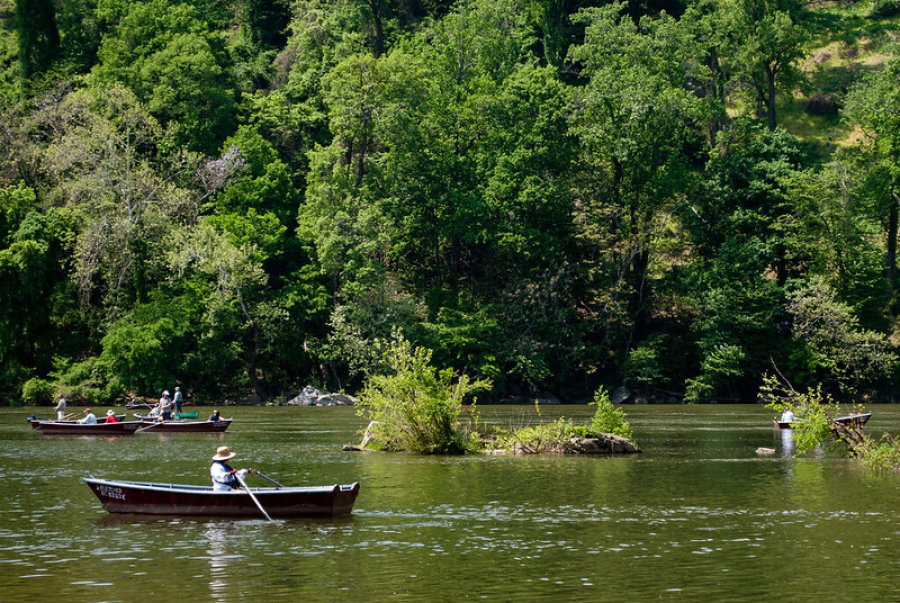The nation’s river is one step closer to being fishable and swimmable
The health grade of the Potomac River raises to a “B”

In the summer of 2022, my team employed an intern who had grown up outside the Washington, D.C. metropolitan area and was a long-distance swimmer. We always ask our interns to tackle at least one summer-long project of their choosing, and I was startled when she told us that she wanted to investigate why swimming in the Potomac River is banned within the borders of D.C.
Now, I’m not originally from this area, but I’ve gone swimming in Maryland’s portion of the Potomac many times, so it’s never occurred to me that it wouldn’t be allowed in other areas, due to health reasons. Also concerning, the District Department of Energy and Environment has strict fish consumption advisories in place for certain species caught within the D.C. portion of the Potomac.
Given this background, it was a very pleasant surprise to recently learn that the Potomac Conservancy graded the overall health of the Potomac River as a “B” in its latest report card. Thanks to their efforts, along with several other local watershed organizations, the “nation’s river” has seen major improvements over the past decade. For instance, the health grade of the river was a dismal “D” in 2011.
The grade of the Potomac River is determined through the assessment of over 20 local ecosystem indicators that cover nutrient and sediment pollution, fish species like shad and blue catfish, forest buffers, underwater grasses, acres of protected lands, fishing license sales and public access points.
So, how is the river doing? Bald eagles, fish and local wildlife are rebounding, more folks are recreating on or near the water, and pollution from agricultural and industrial sources are declining. But polluted runoff is on the rise, bringing fertilizer, street oils, trash, sediment and diluted sewage into the Potomac. Climate change and increasing development across the region are making it more difficult to manage pollution.
“As with all rivers, the Potomac is only as healthy as the lands that surround,” said Hedrick Belin, president of Potomac Conservancy. “We can’t bulldoze our way out of our water and climate crises. We must leave behind a 20th-century mindset where we pave over forests and deal with consequences later.”
The land use score in the Report Card reflects the percentage of forested lands within the Potomac River watershed. In the most recent report, the score fell from a “C+” in 2020 to a “C” as more impervious surfaces moved into the region. But in more positive news, streamside forest buffers began to resurge, with more than double the number of trees and plants installed across the Potomac watershed. This brought the streamside forest buffers grade up from an “F” to a “D+”. For a complete look at every indicator that goes into the making of the report card, please visit https://www.potomacreportcard.org/.
“As the source of the water we drink, an economic driver of local fisheries and home to natural wonders, the Potomac is critically important to our communities and public health,” continues Belin. “We must do everything we can to continue to reduce pollution and restore the health of our forests and streams.”
And then maybe D.C. residents can one day take a dip in their local river and eat the fish they’ve caught.

Comments
There are no comments.
Thank you!
Your comment has been received. Before it can be published, the comment will be reviewed by our team to ensure it adheres with our rules of engagement.
Back to recent stories